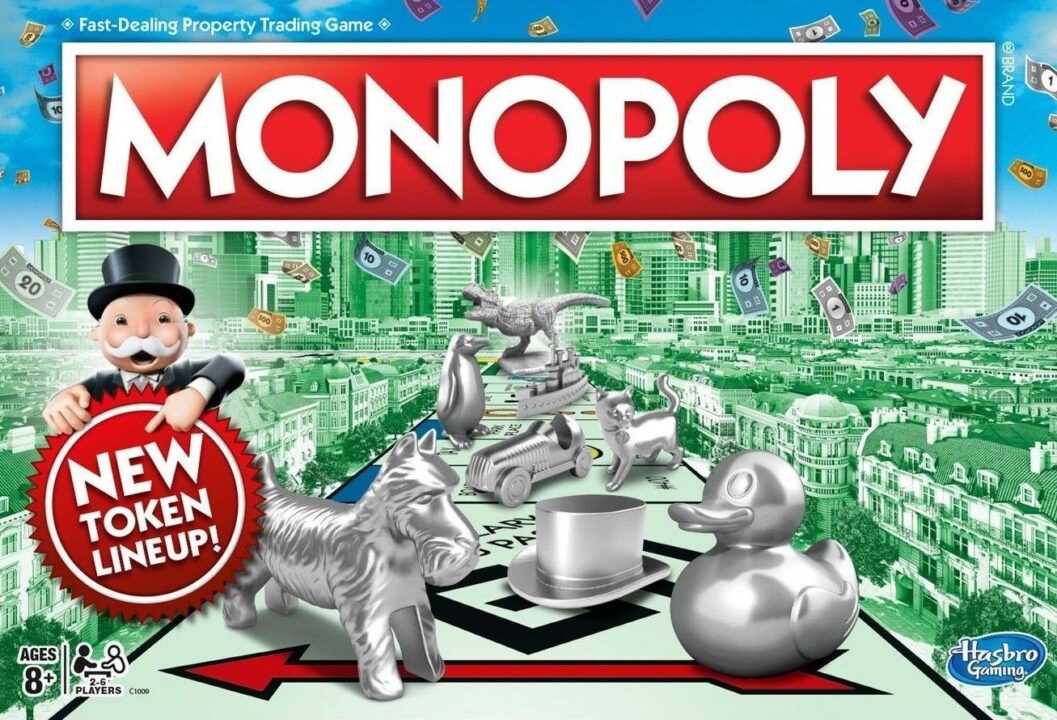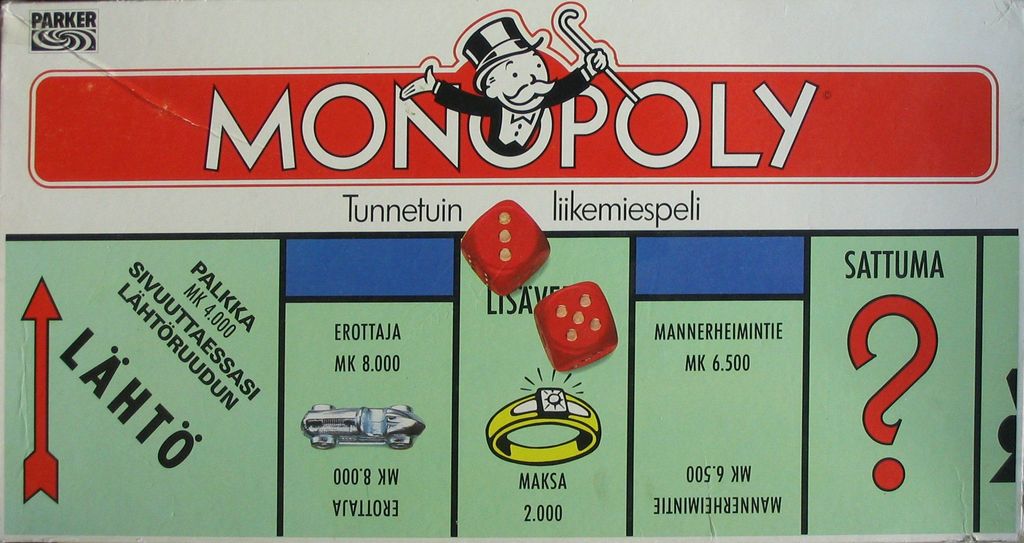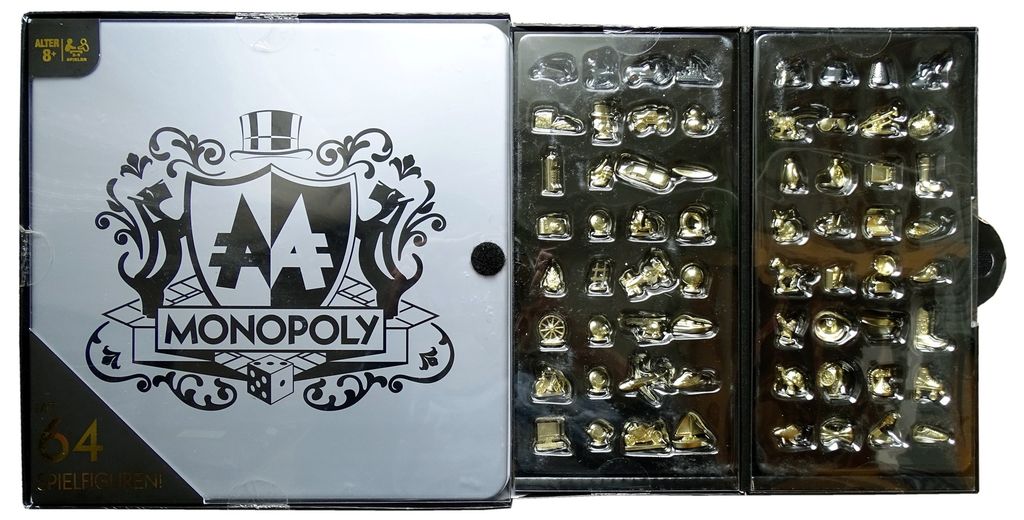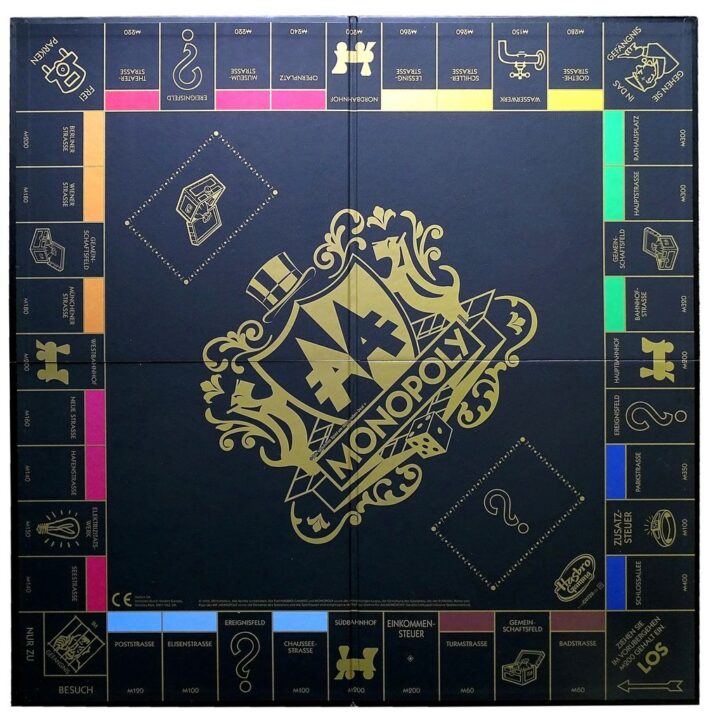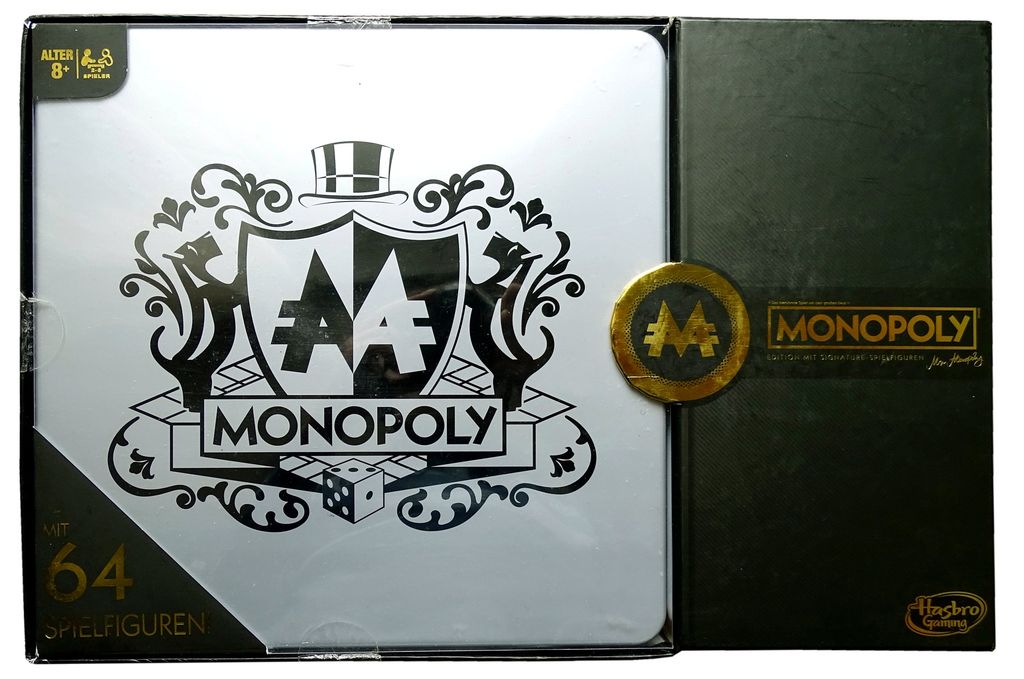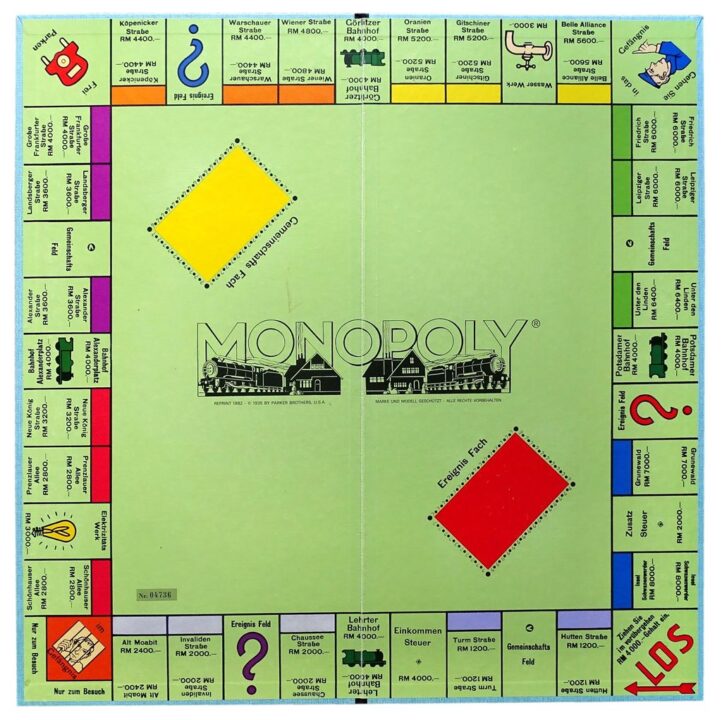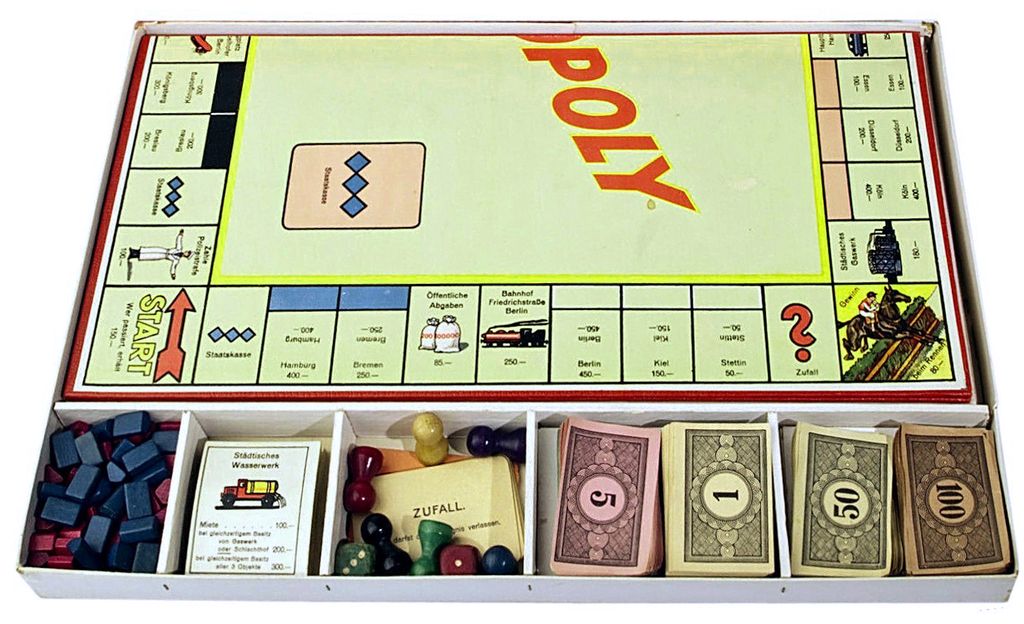Overview
Welcome to our in-depth Monopoly Review—a classic journey through competitive property acquisition and enterprising resource management. As we roll the dice and navigate around the board, we reflect on each play session that has fueled our understanding of this cherished game. Through cunning deals, strategic plays, and a touch of luck, players in Monopoly embark on a mission to outmaneuver their opponents and build a real estate empire. In this review, we explore the nitty-gritty of making judicious moves, the art of striking pivotal negotiations, and the finesse required to handle one’s financial resources. Get ready to pass ‘Go’ and collect our seasoned insights on one of the most iconic board games ever created.
How It Plays
Welcome to this Monopoly Review, where we peel back the layers of one of the world’s most famous board games. Just the mention of Monopoly conjures images of tiny metal tokens and colorful bills, but beneath the hustle of property trading and bank transactions lies a wealth of strategy waiting to be discovered.
Setting Up
Initial setup is a breeze with each player selecting their special token and receiving a standardized amount of cash from the bank. Board real estate stands ready for acquisition and the ubiquitous black and white dice begin to feel like instruments of destiny.
Gameplay
Turns pass in a clockwise procession, with players traversing the square circuit of chance and fortune. Decisions on when to buy properties and when to hold back are ceaselessly thrilling, as every purchase could be the swift strategic step towards victory or an unwise plunge into cash scarcity.
Winning the Game
The endgame zeroes in on the accumulation of wealth and eventual bankruptcy of opposition. Holding a Monopoly, that coveted moment when a color group is united under a single player, could potentially bring about the financial ruin of competitors. However, the kingpin must always be agile, as the tables can turn with the whims of a Chance card or an ill-timed stay at the competitors’ hotel empire.
After delving deeply into these complex layers of Monopoly mechanics, does it earn a space on your game night shelf? Join me as I analyze and recount experiences to determine if it’s recommendable fun.
Want to know more? Read our extensive strategy guide for Monopoly.
Crafting Your Monopoly Empire
Throughout my countless treks across the classic board of Monopoly, I’ve honed a certain acumen for the art of property acquisition, essential for any serious review of its strategic depth. Remember the amazed faces of my friends during af game night, when through sheer cunning I managed to secure the orange set; often looked over, yet statistically landed on more than most!
Prime Property Targets
Initially, I approach the board with predatory precision, often targeting specific properties known for their high return on investment. Importantly, this includes the oranges and reds due to their frequented landing probability. My focus is unyielding; I know these color sets’ power for building an unstoppable engine the first part of any dominant Monopoly Review.
Strategically Timing Auctions
Moreover, timing is everything. Engaging in auctions with a sense of savvy thriftiness has often expanded my empire without breaking the bank, all while keeping a casual nonchalance to mask my bubbling enthusiasm underneath my poker face. Engaging in just the right moment has been my Trojan horse in numerous games.
Having laid the groundwork of real estate hegemony, I always look ahead towards the intricacies hidden within the next phase of the game – Negotiation dynamics with players.

The Art of the Deal
In the cosmos of board games, few dance around the delicate ballet of haggling quite like Monopoly. As I reminisce on feverish trading sessions that crescendoed into laughter or smoldering glares, it’s clear that negotiation is not only a vital skill but the pulsing heart of this iconic game.
Changing Alliances
Leveraging offers and reading opponents’, it’s here, over the Monopoly Review board, I’ve learned alliances can shift as swiftly as the tides. One game, as alliances formed and collapsed around Park Place’s fate, the dynamics underscored how precarious these relationships are — navigated deftly by those with charm and persuasion.
Push and Pull
Bartering becomes a tug-of-war, where push too hard, and you’ll find yourself banished from future deals. Coax too gently, and opportunity slips like sands through the hourglass. Remember, today’s rival could be tomorrow’s ally in this ever-evolving joust for Monopoly superiority.
The real currency in Monopoly might be paper, but true wealth lies in strategic partnerships — a prelude to understanding the complex beauty of Economic Resource Management Mechanics.
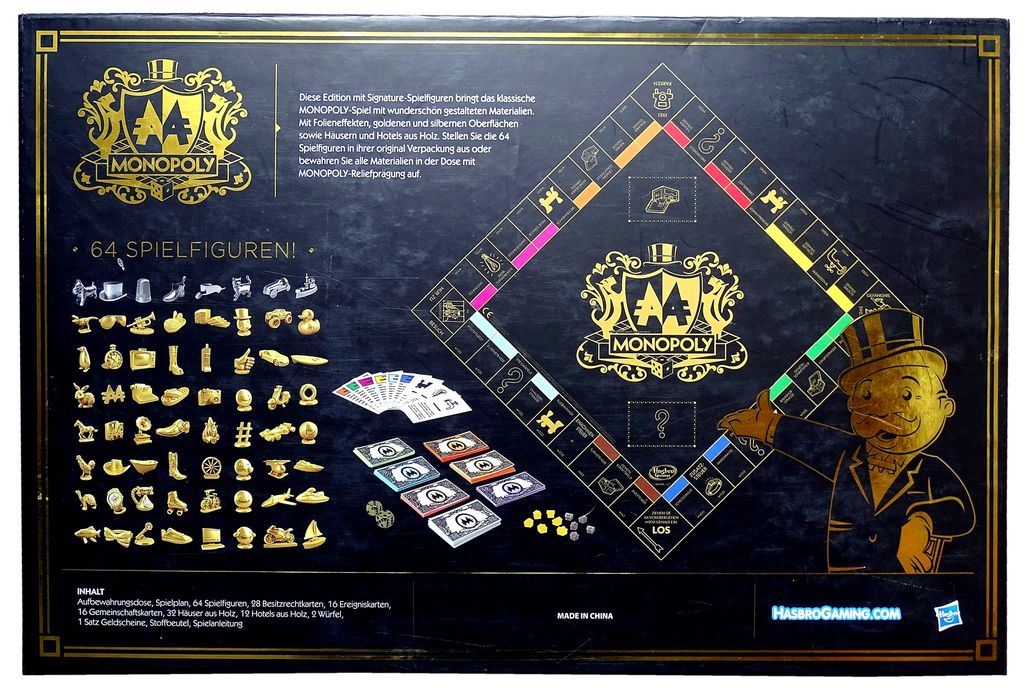
<h3 Mastering the Monetary Marathon
Recalling countless evenings hunched over that iconic board, Monopoly Review conveys that the crux of victory often boils down to Economic Resource Management. Starting expenses seem light, but as players traverse the realms of Marvin Gardens and Ventnor Avenue, cash flow turns critical.
Pivotal Purchasing Decisions
Constructing houses at a cadre’s commitment, or extending oneself too thin monoopoloy ends in stunning ultimatums. Together, we chuckled as one impulsive pal banked on Boardwalk too early, only to flounder when rent was due elsewhere.
The Ruthless Reserve Fund
Indeed, sustaining a reserve fund transforms the fines and fees from game-enders to mere annoyances. Invariably the friend with a penchant for prudent budgeting would triumph.
Whether it’s an educational tool for young adults or a cautionary tale for the spendthrift, this reviewer deems Monopoly’s economic mechanics essential and absolutely recommends them.
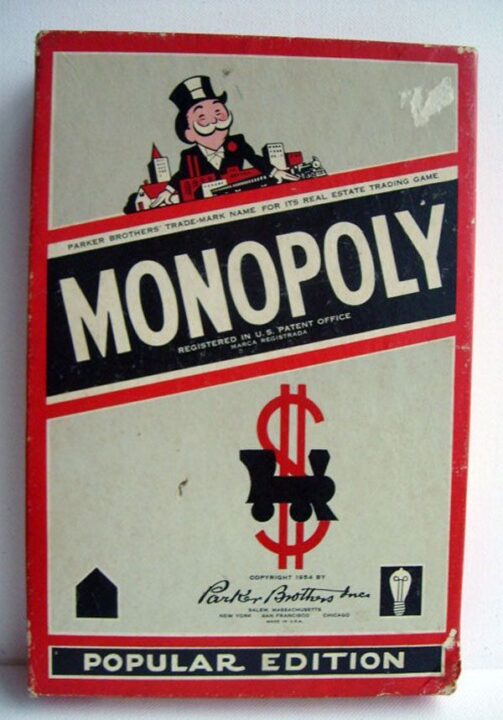
Conclusion
A tour through Monopoly’s mechanical landscape reveals its indelible charm despite criticisms of length and luck dependence. Within the vintage box lies a battlefield of wily negotiation, calculated risk, and economic prowess. Our deep dive scrutinized the game’s cornerstones – strategic property dominance, intricate negotiation tactics, and keen resource management – demonstrating that there’s more beneath Monopoly’s thematic façade than often meets the eye. Concluding this review, Monopoly remains a classic that challenges friends and family to outsmart each other in pursuit of financial supremacy. Though it may not be the trendiest on the block, Monopoly possesses that timeless quality that calls players back to the board table time and again. Is it for everyone? Perhaps not. But it’s sure to turn an ordinary game night into a memorable one–alliances, fallouts, real-estate moguls and all.

